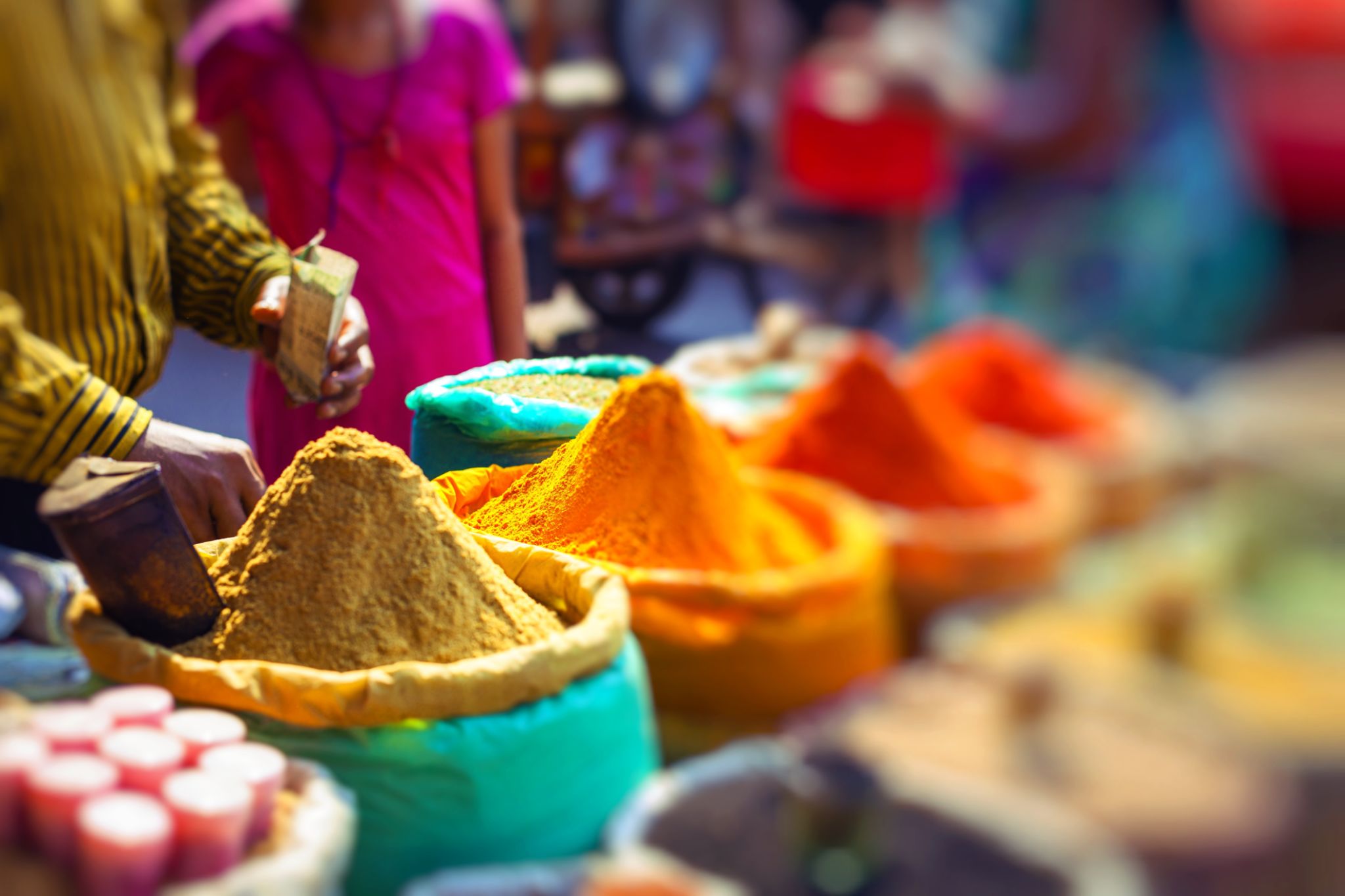Spice Journeys: Exploring Global Flavors and Their Stories
Embarking on a spice journey is like opening the door to a world of flavors and stories that have intricately shaped cultures and cuisines across the globe. Each spice, whether common or exotic, carries with it a tale of its origins, travels, and the rich heritage it imparts to our dishes.
The Colorful Spice Markets of India
India is often considered the heart of the spice world, with its bustling markets brimming with vibrant hues and intoxicating aromas. From the fiery heat of red chilies to the earthy warmth of turmeric, these spices are integral to Indian cuisine. The history of Indian spices dates back thousands of years, influencing trade routes and culinary practices globally.
In India, spices are not just ingredients but symbols of hospitality and tradition. For instance, saffron, known as the “golden spice,” is revered for its luxurious aroma and color. It is often used in celebratory dishes like biryani and desserts.

Middle Eastern Aromas and Traditions
The Middle East is another region where spices play a pivotal role in everyday cooking. Fragrant blends like za'atar and baharat capture the essence of Middle Eastern hospitality and history. The use of spices such as cumin, coriander, and sumac can be traced back to ancient times, contributing to both flavor and preservation.
One cannot forget the influence of spice on iconic Middle Eastern dishes such as shawarma and falafel. These dishes are celebrated for their aromatic profiles and are a testament to the region's rich culinary tapestry.
The Spice Islands: Indonesia's Hidden Gems
Indonesia, often referred to as the "Spice Islands," is renowned for its bounty of exotic spices like nutmeg, cloves, and mace. These islands were once the epicenter of the spice trade, attracting explorers from around the world. The unique climate and fertile soil of Indonesia contribute to the high quality and distinct flavors of its spices.
Indonesian cuisine is a vibrant blend of these spices, offering dishes that tantalize the senses with their complex layers of taste and aroma. Rendang, a rich, slow-cooked beef dish, is a perfect example of how Indonesian spices create unforgettable dining experiences.
The Influence of Spices in European Cuisine
While Europe may not be the first region that comes to mind when thinking of spices, its history is deeply intertwined with the spice trade. During the Age of Exploration, European explorers set sail in search of these precious commodities, leading to the integration of spices like cinnamon, black pepper, and vanilla into European kitchens.
Spices played a crucial role in enhancing flavors and preserving food in Europe. Today, they remain key ingredients in many traditional dishes, from spiced Christmas cookies to savory stews.
Conclusion: A Global Spice Legacy
Spices have an unparalleled ability to transport us across continents and centuries with just a whiff or a taste. They are storytellers in their own right, narrating histories of trade, exploration, and cultural exchange. By embracing these global flavors, we not only enrich our culinary experiences but also celebrate the diverse heritage they represent.
Commercial Kitchen http://avice.org

